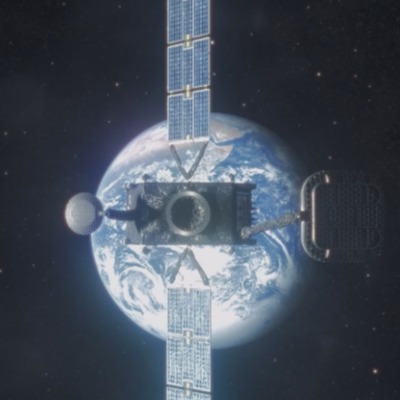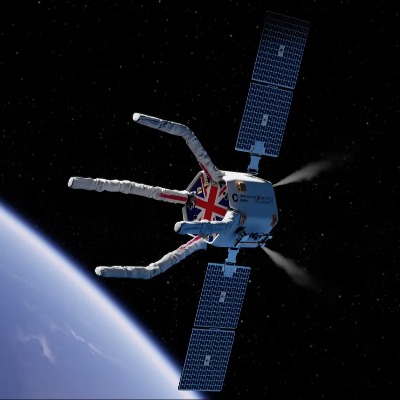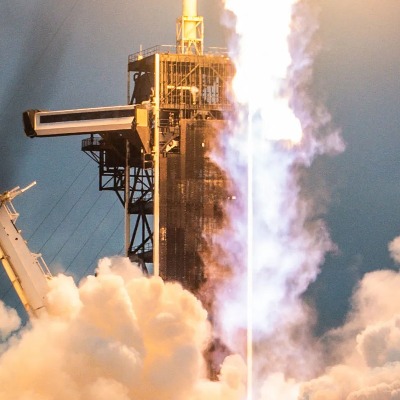India Blazes A Trail: Unveiling ISRO's Scramjet Engine Technology

As the world continues to chase hypersonic flight, India's space agency, the Indian Space Research Organisation (ISRO), is quietly blazing a trail in the development of scramjet engine technology. These cutting-edge engines, capable of propelling vehicles at speeds exceeding Mach 5 (five times the speed of sound), hold the key to unlocking a new era of hypersonic travel and revolutionizing space access.
Unlike conventional rocket engines, which carry their own oxidizer (such as oxygen), scramjets harness oxygen directly from the atmosphere at supersonic speeds. This ingenious design promises lighter, more efficient engines, making them ideal for hypersonic flight and single-stage-to-orbit spaceplanes.
ISRO's journey with scramjet technology began over two decades ago, fueled by a vision to develop indigenous high-speed propulsion systems. Since then, the agency has achieved significant milestones:
- Ground Tests: In 2005, ISRO successfully conducted the first sustained supersonic combustion tests of a scramjet engine, demonstrating its core functionality.
- Flight Test: In 2016, the agency made headlines with the successful maiden flight test of its scramjet engine aboard the Advanced Technology Vehicle (ATV-D02). This historic flight achieved Mach 6, establishing India as the fourth nation to demonstrate scramjet flight technology.
- Technology Focus: Currently, ISRO is focused on critical aspects of scramjet development, including high-temperature materials, supersonic combustor design, efficient air intake systems, and computational tools for simulating hypersonic flow.
- Future Goals: The agency's long-term goals include demonstrating sustained positive net thrust at hypersonic speeds and developing hypersonic vehicles specifically designed for scramjet engine testing.
ISRO's progress in scramjet technology is not without its challenges. Mastering the complexities of hypersonic combustion, ensuring engine operability across a wide range of flight conditions, and developing robust thermal management systems are all hurdles that require continuous research and innovation.
However, the potential rewards are immense. The successful development of indigenous scramjet technology will grant India independence in hypersonic flight capabilities, opening doors to:
- Faster Space Access: Scramjet-powered rockets could drastically reduce launch costs and lead to the development of reusable space planes.
- Hypersonic Flight: Scramjet-powered aircraft could revolutionize air travel, enabling point-to-point hypersonic travel across continents within hours.
- Military Applications: Hypersonic vehicles could provide strategic advantages in reconnaissance, surveillance, and rapid deployment of troops.
ISRO's dedication to scramjet technology is a testament to its ambition to propel India to the forefront of aerospace innovation. As the world races towards hypersonic flight, India stands poised to claim its rightful place among the leading nations, fueled by the fiery heart of its scramjet engines. The echoes of their supersonic roar may soon become a symphony of progress, a testament to the indomitable spirit of Indian ingenuity pushing the boundaries of what's possible.




